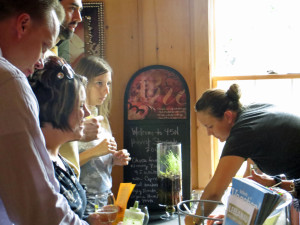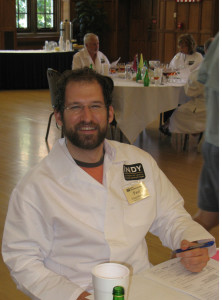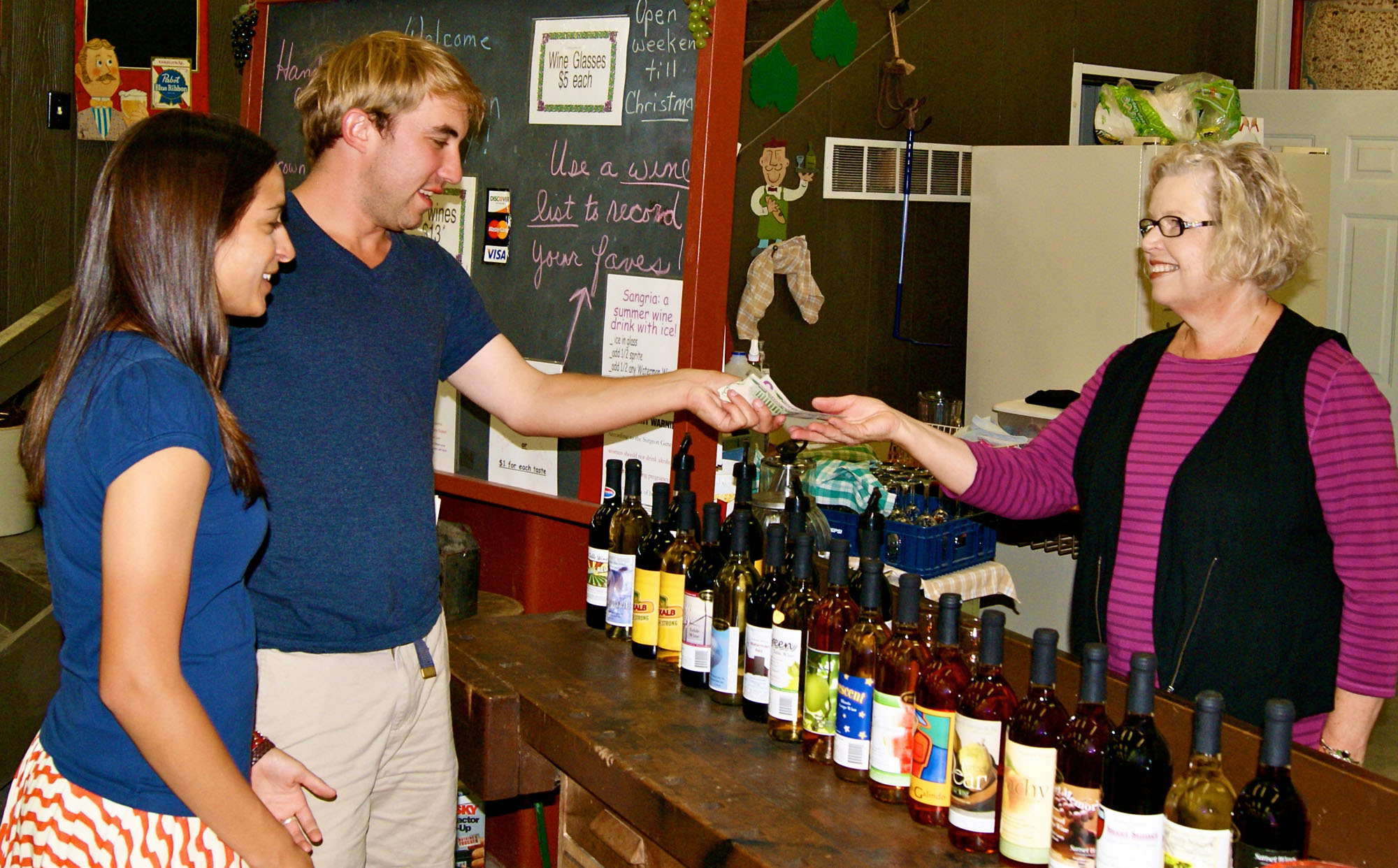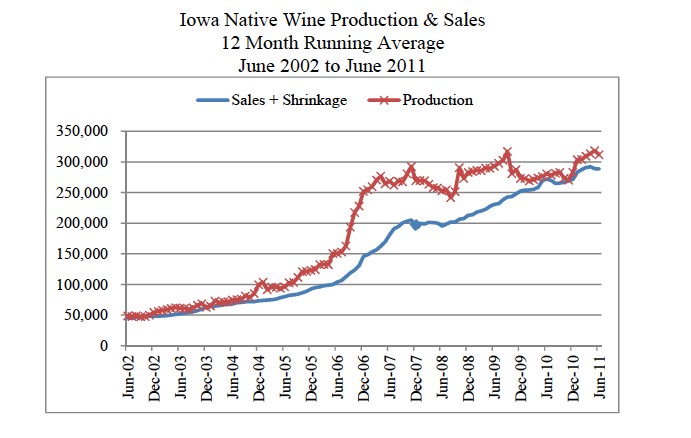Five Key Components to Winery Sales
Every business wants to ‘sell more.’ Management teams spend countless hours strategizing how to ‘sell more’ wine. Salespeople stay engaged in jobs at the prospect of the ‘big sale.’ Businesses stay relevant when they ‘sell more.’
But selling more is not a goal; it is an outcome. During 7 years in higher education, I taught many intelligent students who did not know the difference between a goal and an outcome. They would declare with varying levels of forcefulness, ‘I want an ‘A’.”
As a teacher, I always wondered if I had ill-prepared the student; after all, the intellectual progeny had missed a key idea: earning an ‘A’ is not a goal. Earning an ‘A’ is an outcome. The goals required to attain the desired ‘A’ outcome include research, time management, effort, critical thinking, etc. Much like earning a high grade in class, ‘selling more’ is an outcome–not a goal.
Many wineries rely on ‘quality’ as a goal to sell more wine. Point in fact, have you visited a Midwest winery that did not hold ‘quality’ as one of the company’s central values? Accordingly, commonly utilized goals to attain this outcome include making great wine, entering wine competitions, and imparting scarcity into production (limited quantity, specific vineyard, vintage year, etc).
Rarely seen in this nascent industry is the wine producer who touts sacrificing quality while offering a more affordably priced product. Yet, I will admit having been dumbfounded while judging wine samples that were not only misinterpreted as drinkable, but perceived to be of sufficient quality to garner a medal in a professional wine competition! As such, the emergence of a unique irony is witnessed: the idea of ‘quality’ as it relates to to wine.
‘Low quality’ in wine is easier to identify than ‘high quality.’ Professionals and consumers can recognize and agree on a ‘lack-of-quality’ in defective wines. After all, defective wines have certain predictable attributes. At about .75 g/L of acetic acid, tasters begin to recognize the ‘prickly’ sensation of vinegar. Also a small deposit of potassium tartrate resembles tiny shards of glass in a bottle of chardonnay. Even miniscule amounts of 4-ethylphenol result in the all-too-familiar memories of scooping horse feces in an old barn (interestingly enough, an aroma that can be simultaneously adored and despised by different tasters.) For the most part, the wine industry and consumers agree on what wine ‘quality’ is not.
A noticeably weaker consensus develops when evaluating ‘quality’ of the multivariate dynamic beverage. Agreeing on what constitutes ‘quality’ remains elusive for professionals and consumers, alike. This principle is commonly illustrated by the large discrepancy in opinions of judges at wine competitions; even in the final round, where the iconic wines are tasted, judges maintain varied opinions about which selection typifies the ‘Best of Show’ versus the penultimate ‘Double Gold.’
See related story: How to Make Wine Contests Work for Your Winery
In unfortunate situations, preconceived notions about wine quality are readily abandoned by timid judges more interested in next years’ competition invitation than a candid discussion relating their unbiased perception. Unfortunately, ‘quality’ is scarcely considered to exist in any commonly-held tangible form. As is seen, the boundaries of ‘quality’ become quite squishy.

Channing Sutton, tasting room manager at 45 North WInery. Skilled tasting room professionals project an image of quality.
An opportunity exists to increase sales by broadening the definition of ‘quality.’ If wineries with low ‘quality’ wine can stay in business, then imagine the impact that could be recognized for great wine producers with a quality sales staff. Furthermore, imagine the impact if wineries adopted a broader definition of the idea of ‘quality.’ Wine is the obvious focus of quality discussions, but a broader definition may focus on incorporating ‘quality’ into all aspects of the business:
Quality building and tasting room: Bolsters anticipation and awe from the moment customers arrive.
Quality marketing: Increases the number of customers who visit the winery.
Quality finance: Optimizes capital through inventory management of wine, supplies, and merchandise.
Quality sales representatives: Happy and motivated employees sell more wine to existing customers.
Quality management: Develops and maintains strong production and sales teams.
Luckily, consultants are available in all the aforementioned areas. With the plethora of available candidates in the consulting pool, it may behoove an operation to focus on professionals with first-hand wine industry experience gained from ongoing full-time industry employment.
Paul Gospodarczyk, is a Certified Sommelier based in Chicago and Director of Today’s Wine Professional at www.todayswineprofessional.com.
Publisher’s Note: Look for the second part of this column during May. The second installment will include Six Steps to Increasing Tasting Room Sales






Great article, it is often that I work with clients and ask them about their goals and 9 out 10 times they respond with “Sell more wine”. I generally respond that “sell more wine” is a wish, not a goal, and then get the sometimes angry, always befuddled looks.
So many small businesses – wineries are no exception – spend a majority of their time reacting and dreaming, but not actually planning and setting measurable (SMART) goals. So thanks for this great article!
This article contains extremely important information for any business. We have a start up winery and business advice is invaluable. Please keep articles coming!
Peggy Lapacek
Rock ‘n Wool Winery
Krispin and Peggy,
Thank you for reading the article and providing your feedback! If you don’t mind me asking, have you set any particularly effective goals which resulted in increased sales? (Stay tuned–there is a second part to this article which lists some of my specific recommendations).
Best regards,
Paul Gospodarczyk
Today’s Wine Professional